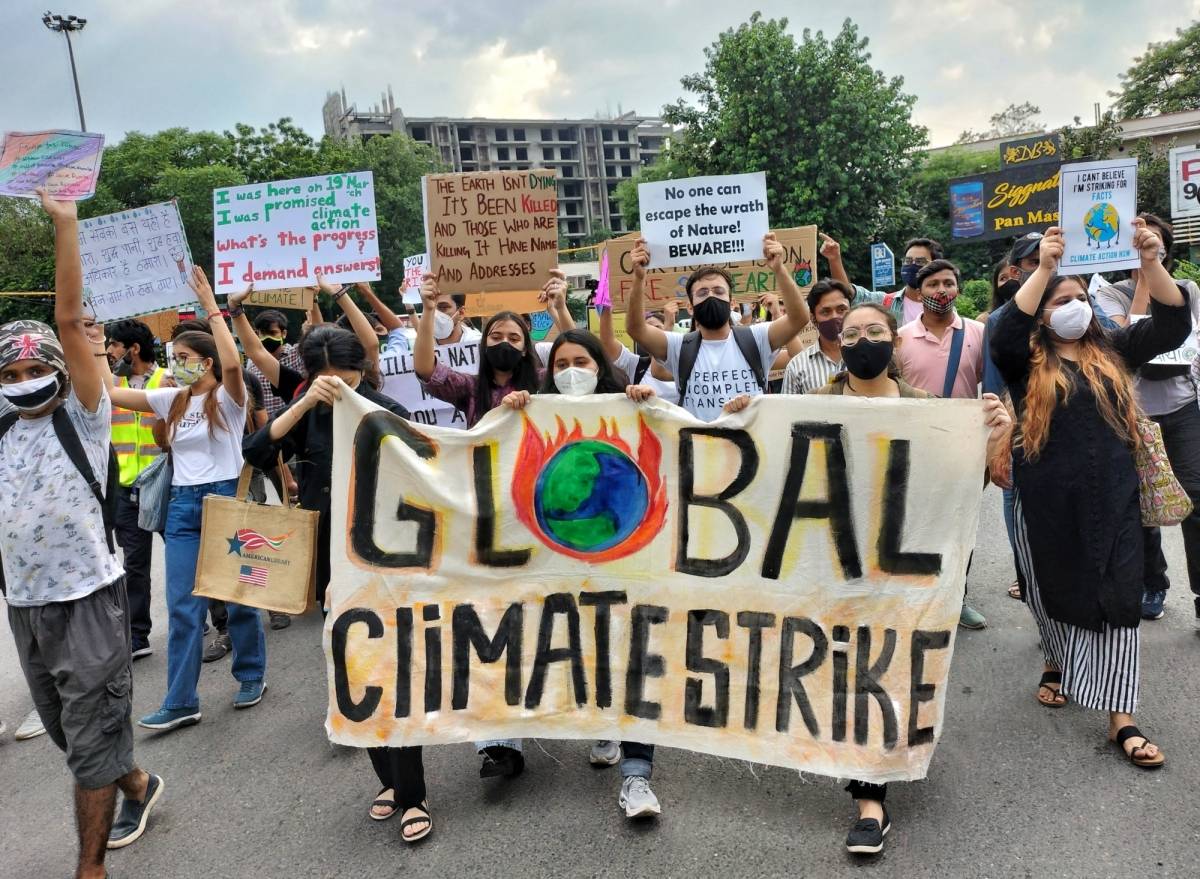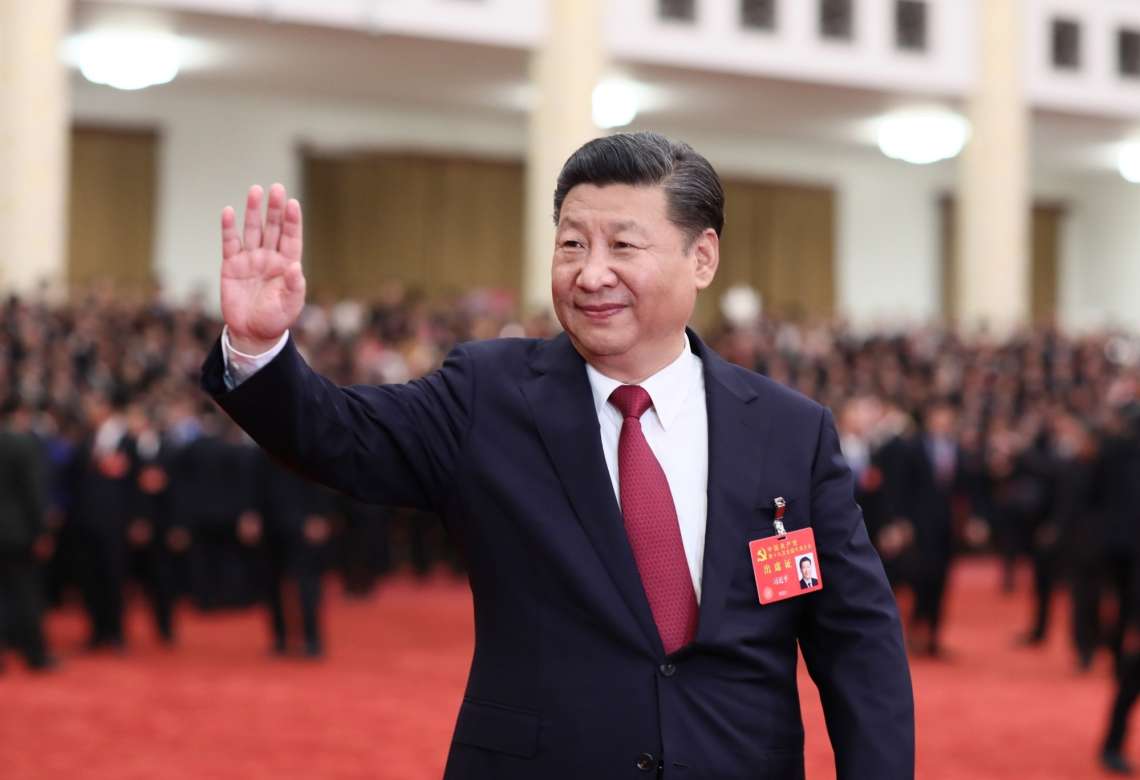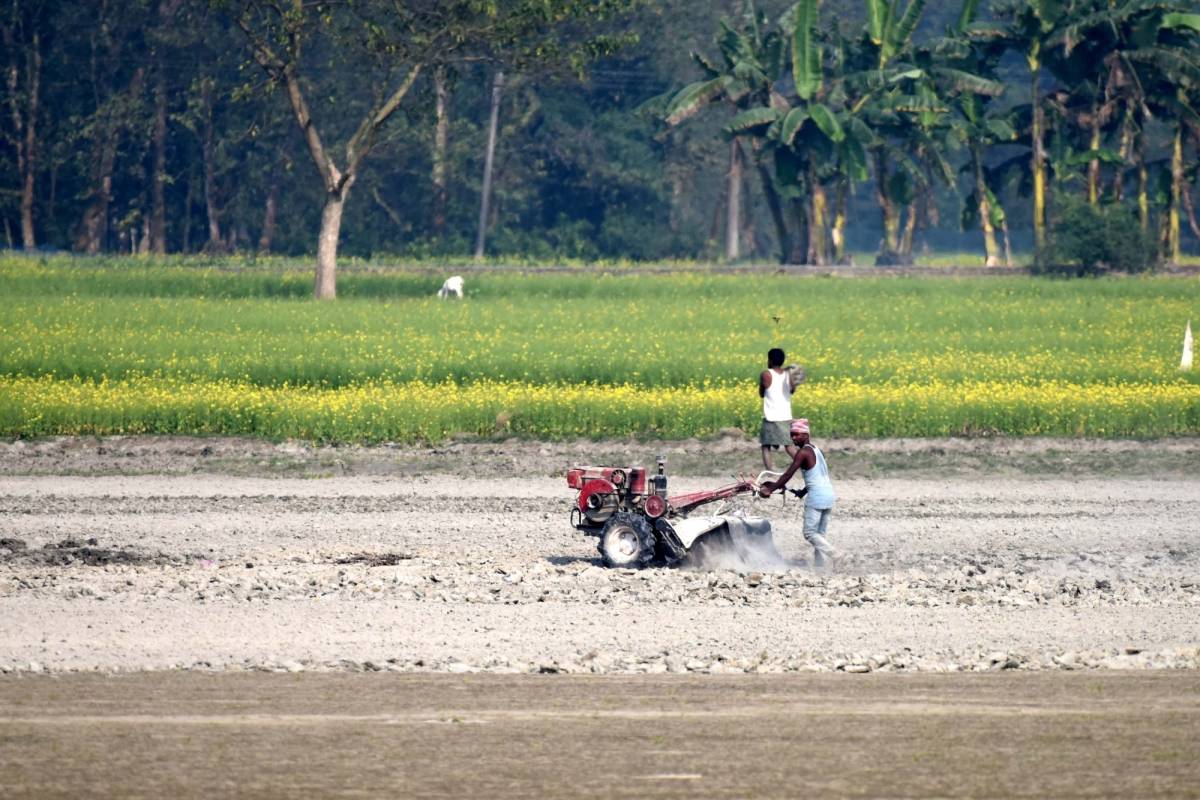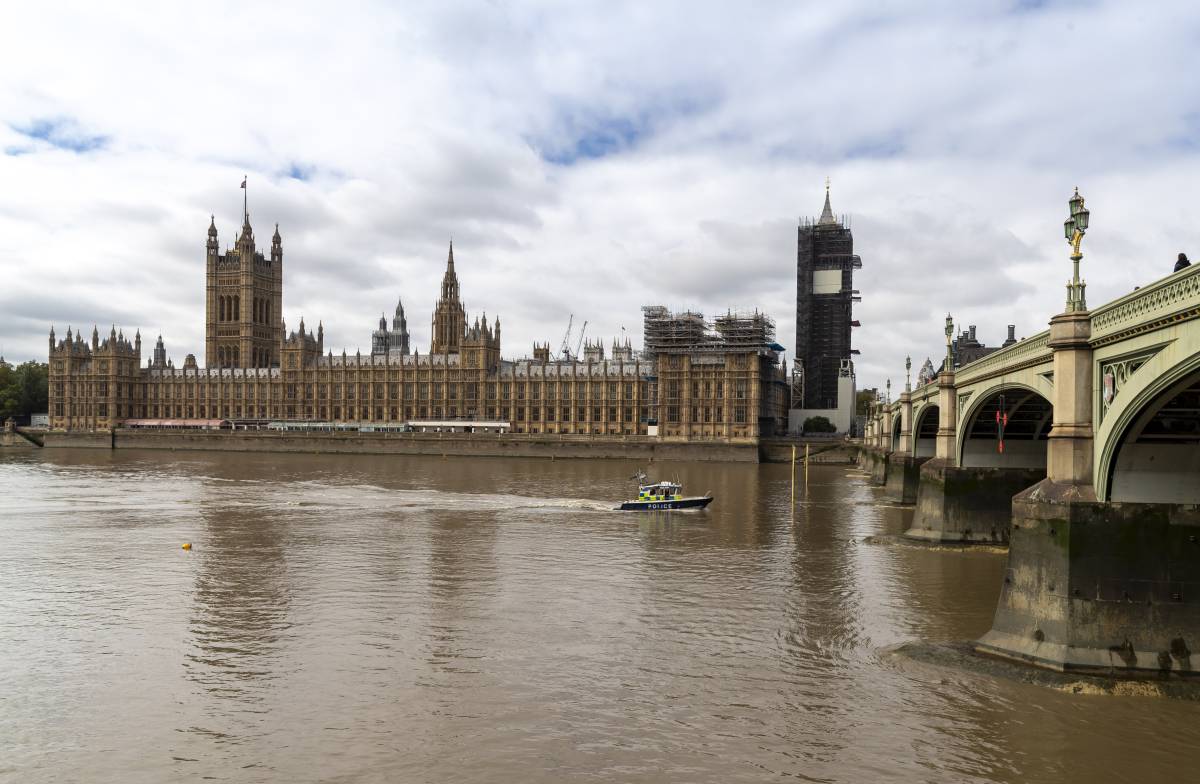Just ahead of the COP26, slated to meet between October 31 and November 12, globetrotting Tibetan spiritual leader, the Dalai Lama, is issuing a video message on October 29, urging the climate scientists, state heads and business leaders for the urgent need for climate action to save Mother Nature, a report by Vishal Gulati
To adapt to the effects of climate change impacting the Tibetan Plateau — the world’s ‘third pole’ — a group of Tibetans in exile will explain its role in the global climate system and why it should be part of the global climate conversation at the upcoming two-week United Nations climate conference, COP26, in Glasgow in Britain.
Advocacy group International Campaign for Tibet says the COP26 will be an important chance to tell policymakers why the plateau needs to be part of the global talks.
Its interdisciplinary panel on the sidelines of the COP26 will discuss the lessons Tibet offers for designing inclusive and sustainable global climate policies, and provide practical recommendations for next steps.
Just ahead of the COP26, slated to meet between October 31 and November 12, globetrotting Tibetan spiritual leader, the Dalai Lama, is issuing a video message on October 29, urging the climate scientists, state heads and business leaders for the urgent need for climate action to save Mother Nature.
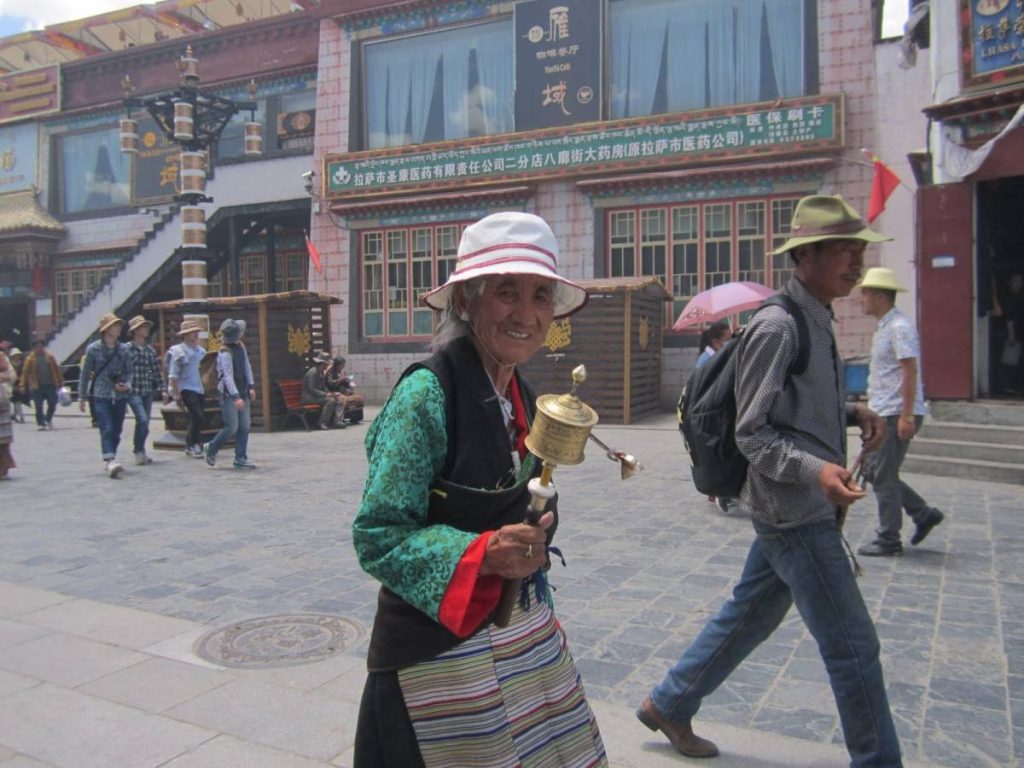
The Tibetan Plateau is close to two per cent of the planet’s land surface, the size of Western Europe, and with as much global importance as other comparable geographies, perhaps more since the elevation of the plateau has a global impact on jetstream, monsoon dynamics, and the water cycle of the entire northern hemisphere.
Another advocacy Tibetan Centre of Human Rights and Democracy says Tibet experiences rapid climate change that damages glaciers, causes floods and lake overtopping, melts permafrost, compromises livelihoods, and dries wetlands essential to the East Asian flyway routes of seasonally migrating birds, threatening extinction.
ALSO READ: Foreign firms worried over huge data transfers in China
“Warmer and wetter makes Tibet more like China, which is good from China’s point of view,” it says in a statement.
Tibetan nature’s contribution to humanity is exceptionally big.
Although Tibet and the Tibetans have little to no role in causing the rapid rise in methane emissions, rainfall, ozone hole above Tibet, or the rising runoff from Tibetan rivers, China, immediately downstream, harvests a dividend of extra runoff at least as long as it may take for the glaciers to disappear, it says.

China plans to further intensify urbanisation, which further extracts water and resources from remote areas to feed city demand. China is officially committed to attaining equality of wealth and consumption on par with the richest nations, which is unsustainable, imposing on the whole planet a footprint that is unbearable.
China imports from Tibet enormous quantities of clean water, clean air, minerals, and electricity, yet Tibetans are marginalised, silenced, racially stigmatised, and not acknowledged as providers of ecosystem services, it adds.
Also the Central Tibetan Administration (CTA), the government in exile headquartered in this Himachal Pradesh hill station, has expressed concern over the deteriorating environment in the highly fragile Tibetan Plateau.
The latest publication of the Environment and Development Desk of the Tibet Policy Institute, ‘Tibetan Perspectives on Tibet’s Environment’, was released here last month by CTA President Penpa Tsering.
He said the book was a much-needed repository of information and facts valuable for the world to understand the environmental issues of Tibet over the last 10 years and its relevance to global climate change.
According to Tsering, having such a comprehensive book written solely by Tibetan researchers, some of whom have lived the experiences of the changing ecology of Tibet, offers an important aspect to the issue that is necessary and something that he noted is rarely found in books written by non-Tibetan researchers.

The book is an added value and important source of reference to the experts and researchers on Tibet’s ecology, he said.
Tsering reiterated that the book was equally a call out to the Tibetans in exile to understand the significance of preserving Tibet’s environment as well as to act responsibly.
He noted the book will be a contributing factor to those attending the forthcoming COP26 UN conference on climate change.
Environment and Development Desk Executive Head Tempa Zamlha explains to IANS the background context of the book, which is a compilation of reports, papers and articles prepared from 2010-2020.
Tibetan spiritual leader and Nobel laureate the Dalai Lama has been saying his homeland Tibet is currently vulnerable to climate change.
ALSO READ: Taiwan has no right to join UN: China rejects US call
He has been emphasising that “climate change is not the concern of just one or two nations. It is an issue that affects all humanity and every living being on this earth and that there is a real need for a greater sense of global responsibility based on a sense of the oneness of humanity”.
According to the Intergovernmental Panel on Climate Change’s (IPCC) latest report, mountain and polar glaciers are committed to continue melting for decades or centuries.
Glacier mass loss is a dominant contributor to global mean sea-level rise. It may also cause low-likelihood, high-impact outcomes, characterised by deep uncertainty and sometimes involving tipping points.
In the context of the Hindu Kush Himalaya, the report says the mountain glaciers like in the Himalayas are included in the assessment, and human influence is responsible for the retreat of glaciers since the 20th century, and that is not only in the two poles but also mountain glaciers.

Report blames China
Two weeks ago, a new report blamed China, the world’s biggest maker and user of coal, cement and steel, for climate change across the Tibetan Plateau, the world’s ‘third pole’.
It says climate change greatly impacts livelihoods, even though customary modes of production generate very little of the emissions that cause climate change.
However, China makes great use of Tibet to mitigate its climate impact by declaring huge watersheds to be national parks, thus offsetting ongoing and still rising emissions, and repairing reputational damage.
The report, by Tibetan Centre of Human Rights and Democracy, provides evidence that using the Tibetan Plateau to offset China’s carbon footprints has not translated into eco-compensation for rural Tibetan landholders for their provisioning of ecosystem services.
China distorts the concept of payment for ecosystem services by dislocating Tibetan nomadic communities, and forcibly removing them off their lands, says the report by the NGO committed to advancing human rights and democracy.
China’s eco-compensation policy raises questions of human rights and sustainable development, and of nature’s contribution to humanity, with global impacts and consequences.
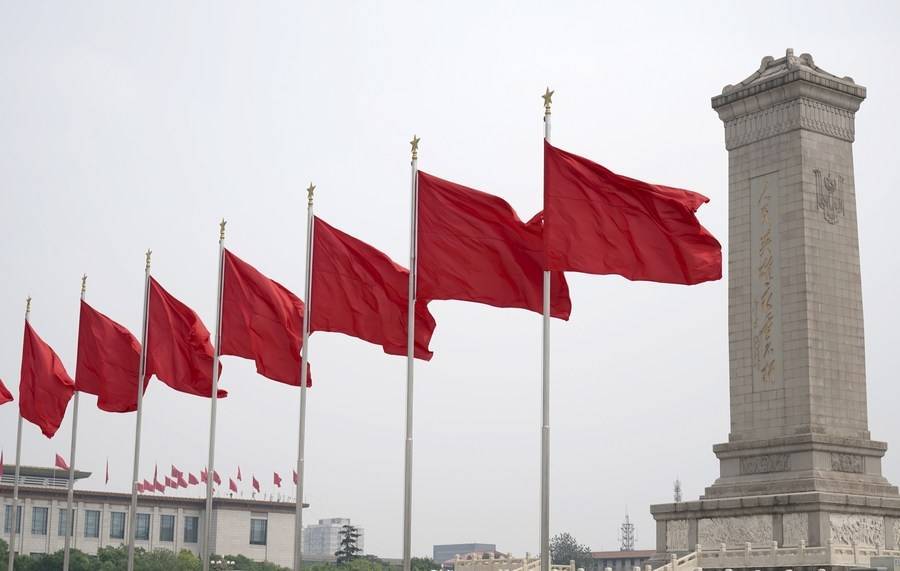
The Tibetan Plateau is close to two per cent of the planet’s land surface, the size of Western Europe, and with as much global importance as other comparable geographies, perhaps more since the elevation of the Plateau has a global impact on jetstream, monsoon dynamics, and the water cycle of the entire northern hemisphere.
Tibetan nature’s contribution to humanity is exceptionally big.
What China means by eco-compensation is at best vague, making little mention of local beneficiaries recompensed to stay on their lands and continue with practices conducive to biodiversity protection and delivery of ecosystem services, claims the report.
At worst, and commonly practiced, most transfer payments badged as eco-compensation never reach local communities, or are paid for nomads to relocate away from their lands, for their subsistence.
Biodiversity globally is highly endangered. The world expects effective action from the Convention on Biodiversity (CBD) before it is too late. Yet China’s new system of national parks, mostly in Tibet, is not in the Tibetan areas of greatest biodiversity. The first part of the Conference of the Parties (COP) of the UN Convention on Biodiversity that convened online on Monday in Kunming in China should prioritise defining its Target 9 for 2020 through 2030, on the benefits for people through sustainable management.
Indigenous and traditional local communities with long records as sustainable land managers must be the primary beneficiaries, and legally defined recipients of eco-compensation, as CBD Article 8(j) has long insisted, says the report.
This is especially applicable to states which until very recently had little presence in remote landscapes such as the pasturelands of the Tibetan Plateau, and little interest in traditional knowledge, traditional management practices, and sacred land protection rituals.
In September this year, at a preliminary CBD session, delegates expressed strong support for all local communities living inside the protected areas to have guaranteed free, prior, and informed consent to any programs for large-scale protection of landscapes under Target 3. This should now be adopted as a binding CBD decision.
At the 26th UN climate change conference (COP26), the world’s core concern will be the great gap between China’s rhetoric and its actual plans to build many more coal-fired power stations.
China’s ongoing, unrelenting reliance on coal-fired electricity is the main driver of China’s carbon trading scheme, which attempts to offset criticism by proclaiming emissions are offset by payments for ecosystem services that capture carbon in Tibet.
The displacement of Tibetans is thus of concern to the world, which needs to know that what is labelled eco-compensation actually reduces emissions and rewards those who provide ecosystem services, says the report. (includes report from IANS)


